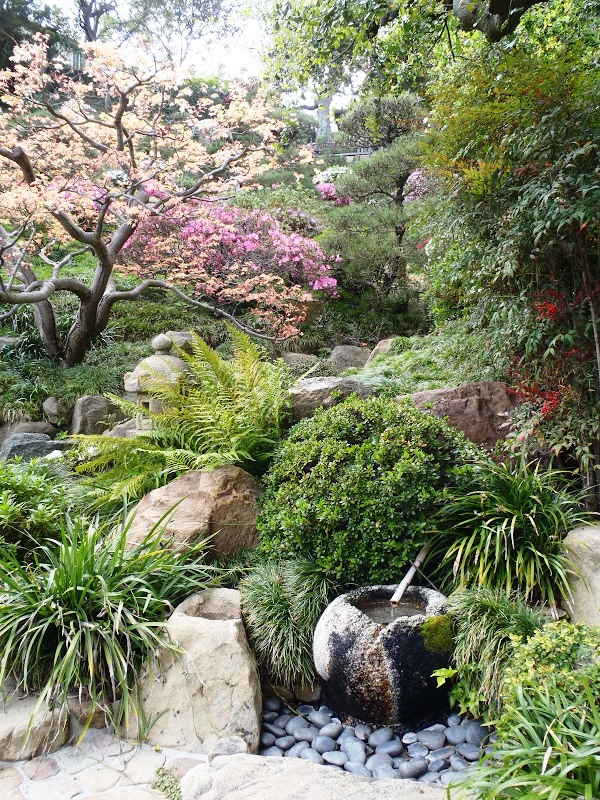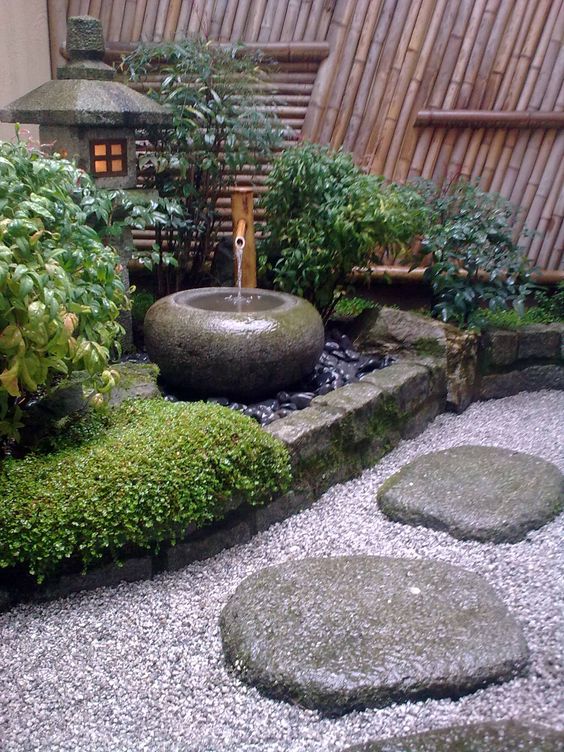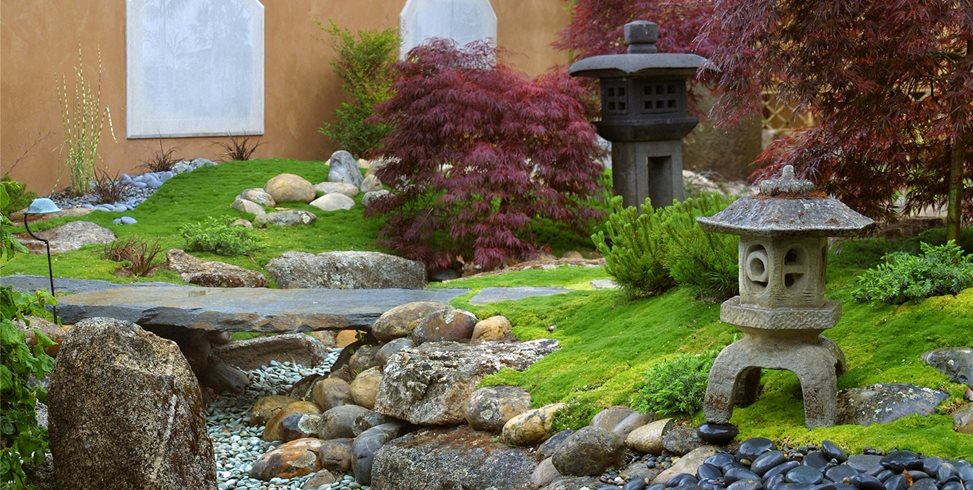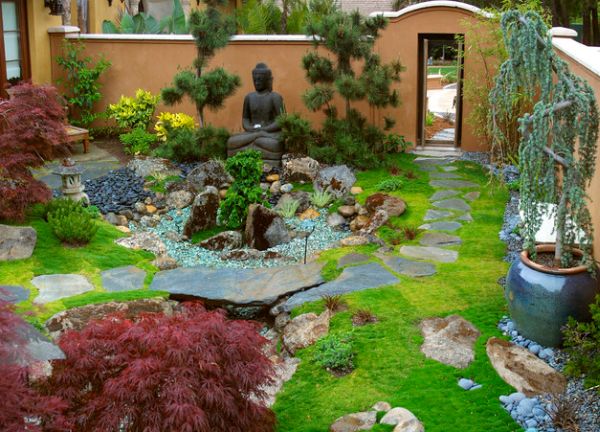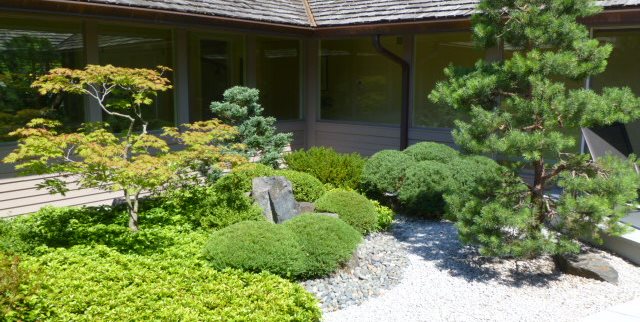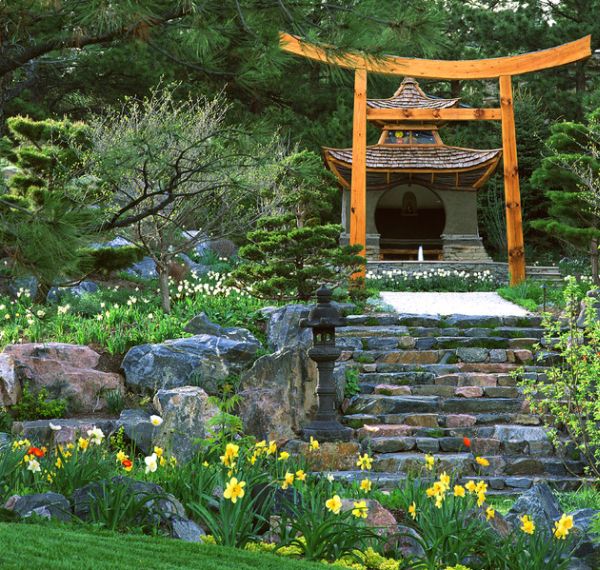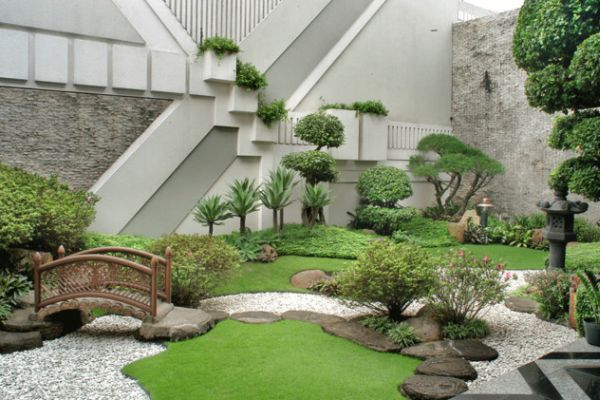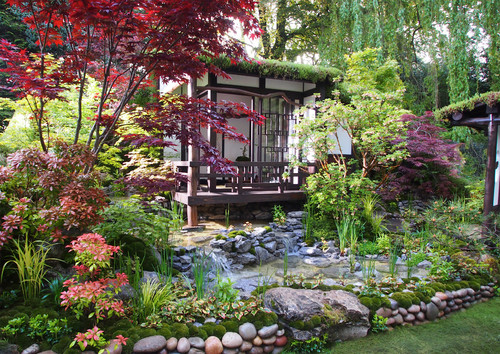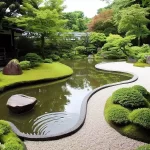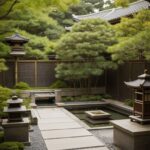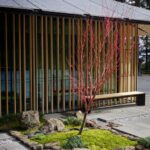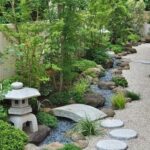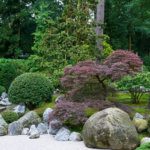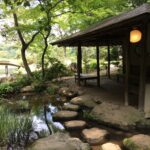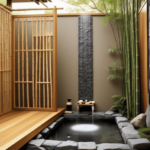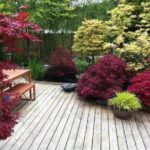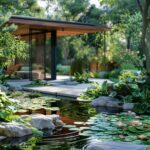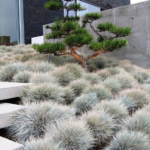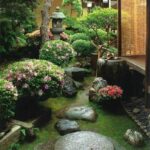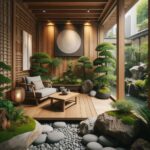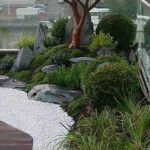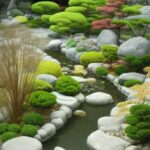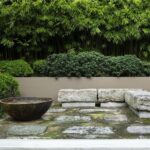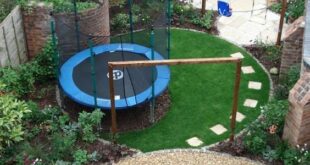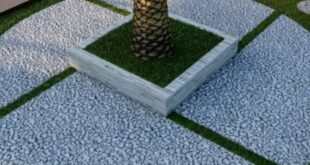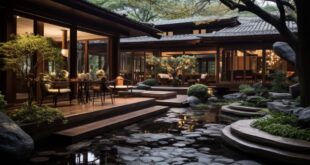Japanese backyard design is known for its tranquility, simplicity, and connection to nature. This design style has gained popularity in recent years because of its beauty and ability to create a peaceful retreat in your own backyard.
One of the key elements of Japanese backyard design is the concept of wabi-sabi, which celebrates imperfection and transience. This means that a Japanese-inspired backyard will have a natural and unpretentious feel. Incorporating elements like weathered stones, aged wood, and plants that are allowed to grow freely can help achieve this aesthetic.
Another important aspect of Japanese backyard design is the use of water features. A pond, stream, or waterfall can add a sense of movement and tranquility to your backyard. Water features are often combined with rocks and plants to create a serene and harmonious landscape.
In addition to water features, Japanese backyards often include traditional elements like lanterns, pagodas, and bamboo fences. These elements can help create a sense of authenticity and tie your backyard design to Japanese culture.
When it comes to plants, Japanese gardens typically feature a mix of evergreen trees, shrubs, and perennials. Moss, ferns, and bamboo are also commonly used in Japanese backyard design. These plants are chosen for their ability to create a lush and peaceful atmosphere.
In terms of layout, Japanese backyards often have winding pathways that lead visitors through different areas of the garden. Stone lanterns and stepping stones are used to guide guests through the space and create a sense of journey and discovery.
If you’re interested in creating a Japanese-inspired backyard, it’s important to carefully consider the placement of each element and to create a sense of balance and harmony. Make sure to leave plenty of open space and avoid cluttering the space with too many decorations.
Overall, Japanese backyard design is all about creating a peaceful and harmonious outdoor space that allows you to connect with nature. By incorporating elements like water features, traditional decorations, and carefully selected plants, you can create a backyard that is a true sanctuary in your own backyard.
 innstyled backyard design ideas
innstyled backyard design ideas
